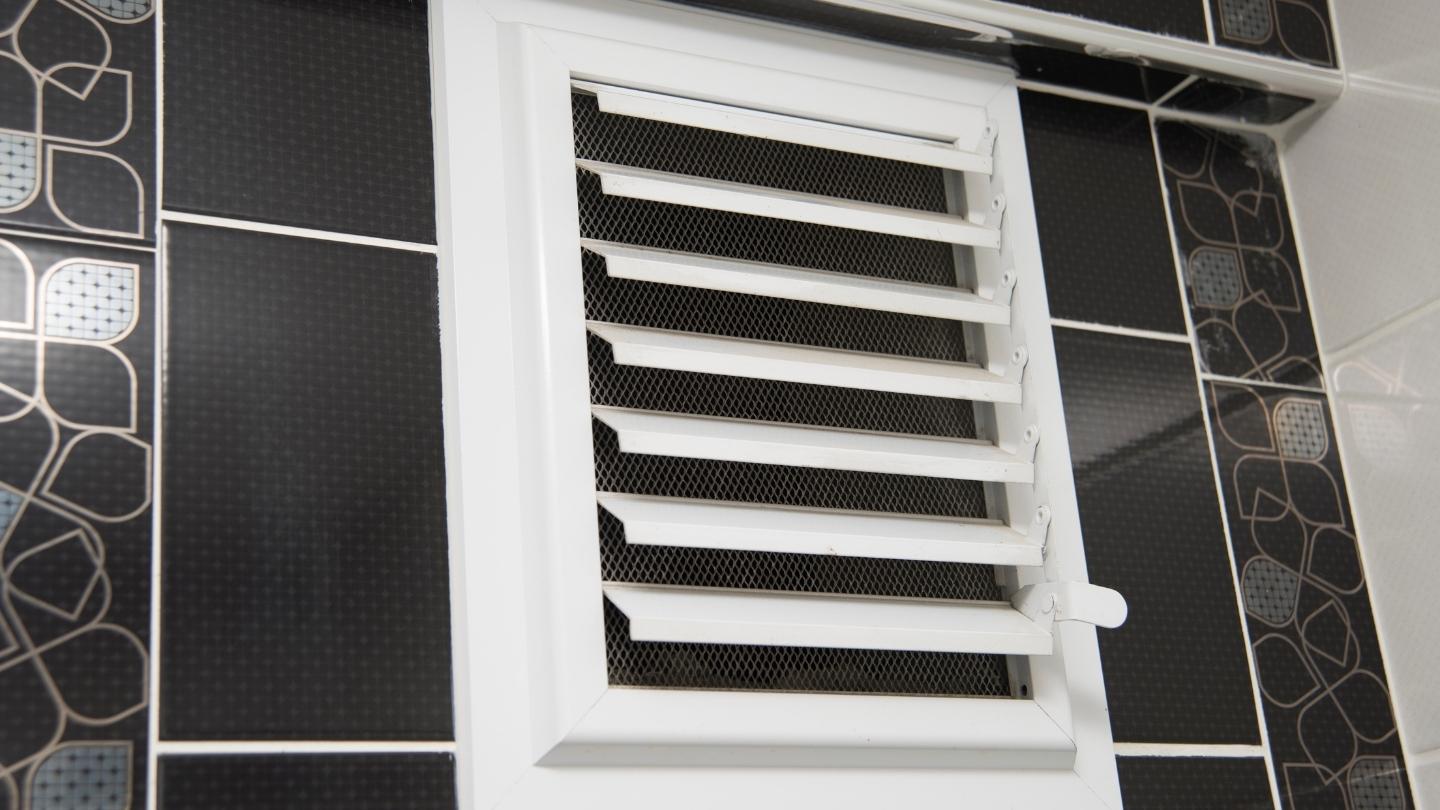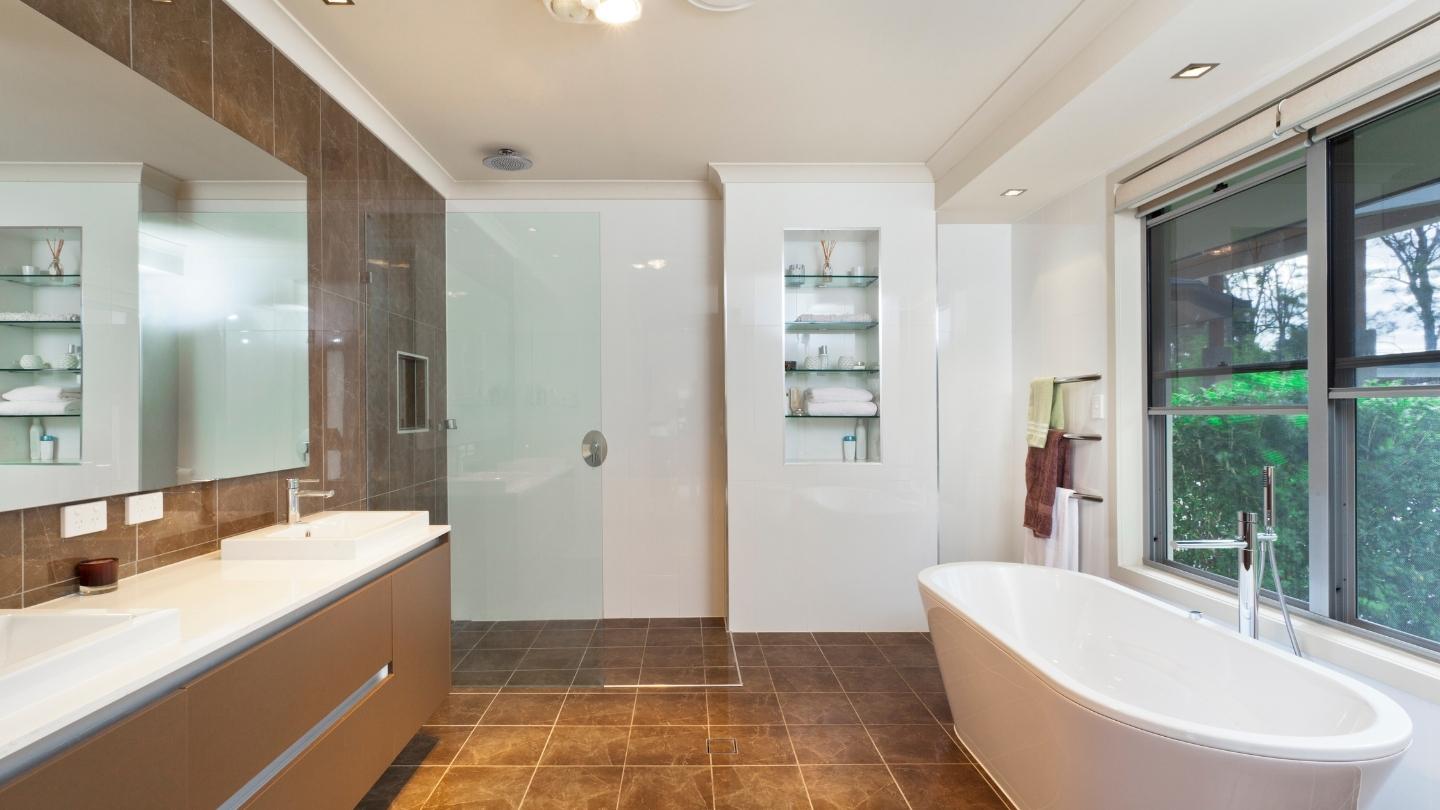How to Ensure Proper Ventilation in the Bathroom

Achieving optimal bathroom ventilation is vital for maintaining air quality and preventing moisture-related problems. In this detailed guide tailored for Vancouver, BC residents, uncover crucial insights, effective tips, and strategies to ensure your bathroom’s proper airflow. Learn how to address humidity, select the right exhaust fan, and adhere to ventilation standards for a healthier, mold-free bathroom environment.
Types of Bathroom Ventilation Systems
Understanding Exhaust Fans and Ventilation Methods
Proper bathroom ventilation is crucial for maintaining indoor air quality and preventing excess moisture buildup, which can lead to mold growth and compromised air quality. Bathroom exhaust fans are the primary tool for achieving proper ventilation. These bathroom fans come in various types, including ceiling-mounted fans, wall-mounted fans, inline fans, and combination fan/light units.
Ceiling-mounted exhaust fans are the most common. They are installed in the ceiling and typically vent air to the outside through ductwork. Wall-mounted fans are suitable for bathrooms where ceiling installation is impractical, and they also require ductwork for venting. Inline fans are quieter and more powerful, typically installed in the attic or crawl space and connected to the ductwork. Combination fan/light units provide both illumination and ventilation in one fixture.
Installation and Maintenance Tips
DIY vs. Professional Installation & Routine Maintenance
Installing a bathroom exhaust fan is a task that homeowners can handle, but it’s essential to understand the complexities involved. DIY installation involves understanding the bathroom’s square footage and selecting an appropriately sized fan based on air exchanges per hour recommended for the space. A professional can assist in proper installation, ensuring correct venting and compliance with building codes.
Routine maintenance is critical for optimal performance. Regular cleaning of the fan and grill prevents dust buildup and keeps the fan running efficiently. Periodic ductwork inspection, checking for any blockages or leaks, is essential. A humidity sensor or timer switch can be added for bathrooms with high humidity levels to activate the fan automatically and ensure proper ventilation.
Choosing the Right Exhaust Fan
Factors to Consider for Optimal Ventilation Performance
Selecting the right exhaust fan depends on several factors, including the bathroom’s size (measured in square footage), ceiling height, and the presence of features like a jetted tub. Choosing a fan with adequate power measured in cubic feet per minute (CFM) is crucial to effectively remove moist air and maintain good indoor air quality.
Consider a fan with a sone rating for reduced noise levels during operation. Fans with Bluetooth speakers or humidity-sensing capabilities also provide added convenience and enhanced performance. Proper ventilation ensures that excessive moisture is removed, reducing the risk of mold growth and maintaining a healthy bathroom environment.
The Advantages of Proper Bathroom Ventilation
Preventing Mold, Mildew, and Health Concerns
Proper bathroom ventilation goes beyond just removing unpleasant odors; it actively prevents mold and mildew growth. Excess moisture in bathrooms, often caused by showers and baths, creates an ideal environment for mold spores to thrive. These spores can lead to health issues, triggering allergies or respiratory problems, especially in individuals with conditions like asthma.
Efficient exhaust fans help reduce humidity levels, minimizing the risk of mold growth. By continuously removing moist air, they aid in maintaining a healthier indoor environment, preserving the integrity of bathroom surfaces, and safeguarding the health of occupants.
Common Ventilation Mistakes to Avoid
Addressing Errors in Ventilation System Setup
Improper installation or usage of bathroom exhaust fans can negate their effectiveness. Common mistakes include installing fans that are too small for the room or bath fan’s size, which results in inadequate air exchanges. Overlooking proper venting to the outdoors can cause trapped moisture, leading to mold and mildew issues.
Another mistake is neglecting routine maintenance, which can compromise the fan’s performance. Incorrectly positioned fans, such as those too close to the shower or far from the moisture source, may not effectively remove moist air. It’s essential to avoid these errors to ensure proper functionality and maximize the benefits of bathroom ventilation systems.
Regulations and Building Codes
Understanding Compliance and Regulations for Effective Ventilation
Building codes mandate proper bathroom ventilation to maintain air quality and prevent moisture-related issues. These codes often stipulate the minimum required air exchanges per hour based on the bathroom's size and occupancy. Compliance ensures the installed exhaust fans meet or exceed these requirements, facilitating effective moisture removal and proper air circulation.
Proper Sizing and Placement of Ventilation
Calculating Proper Ventilation Requirements
Determining the appropriate size and placement of bathroom exhaust fans is essential for effective ventilation. The recommended guideline for sizing a fan is based on the bathroom's square footage. A general rule of thumb suggests 1 CFM per square foot of space. For example, a 100-square-foot bathroom would require a fan rated at 100 CFM for optimal performance.
Placement is equally crucial. Ideally, the fan should be installed near the moisture source, typically over or near the shower or bathtub area. By placing it strategically, you can quickly remove moisture-producing air as it arises, avoiding condensation and mold growth in important areas.

Benefits of Bathroom Ventilation for Indoor Air Quality
Enhancing Air Quality and Reducing Humidity Levels
Effective bathroom ventilation not only removes excess moisture but also enhances overall indoor air quality. Continuous airflow from exhaust fans helps eliminate odors and airborne pollutants, promoting a healthier environment.
Reducing humidity levels through proper ventilation aids in preventing not only mold growth but also structural damage to walls and ceilings caused by prolonged exposure to excessive moisture. It also prevents paint peeling, wood rot, and damage to bathroom fixtures, ensuring a longer lifespan for these elements.
Ensuring Efficient Ventilation in High-Humidity Areas
Addressing High Humidity Levels and Mold Growth
Bathrooms, particularly those with high humidity, are prone to mold growth. An effective way to combat this issue is by installing more powerful exhaust fans or multiple fans in bathrooms with larger square footage or high ceilings.
Ventilation can be further enhanced by adding inline fans or combining multiple smaller fans to ensure adequate air movement. This increased airflow helps swiftly remove humid air and maintain the bathroom’s air quality at healthy levels, reducing the risk of mold growth and associated health concerns.
Elevate Your Bathroom Ventilation with Skilled Home Renovations!
A well-ventilated bathroom is key to a healthy and comfortable home. By implementing the tips and techniques highlighted in this guide, you can enhance your bathroom’s airflow and prevent issues related to excess moisture.
Ready to optimize your bathroom’s ventilation? Contact us in Vancouver, BC, at 604-757-1960 for expert renovation services. Let Skilled Home Renovations ensure a healthier environment for your home!

